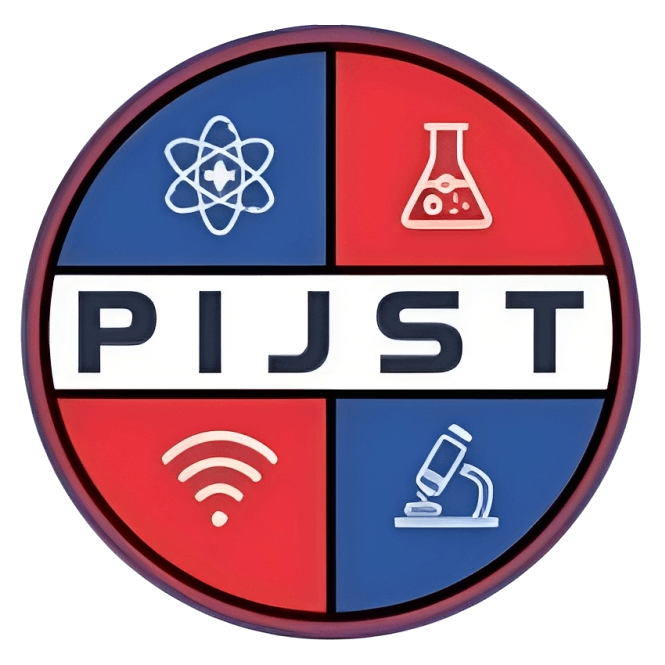R.M. Asha, M.Sc (Botony), M.Phil (Botony), The Global Open University, Chumoukedima, Nagaland.
Published Date: 02-04-2025 Issue: Vol. 2 No. 4 (2025): April 2025 Published Paper PDF: Download
Abstract- Secondary metabolites of plant origin—alkaloids, terpenoids, phenolics, and naphthoquinones—remain indispensable leads and adjuvants in modern therapeutics. Conventional field cultivation faces bottlenecks (low yields, seasonal/geographical variability, overharvesting). In vitro plant cell, tissue, and organ culture platforms offer controlled, year-round production and enable targeted pathway manipulation, aligning well with biomedical pipelines that require batch-to-batch consistency, traceability, and cGMP-amenable scale-up. This paper synthesizes current methods for producing high-value metabolites using callus and cell suspensions, organ cultures (shoots, embryos), and Agrobacterium rhizogenes–induced hairy roots. We review elicitation and process optimization (biotic/abiotic cues, precursor feeding, medium design, light/pH), metabolic engineering (pathway genes, transcription factors, CRISPR), bioreactor strategies (stirred-tank, wave, air-lift, disposable systems), and downstream analytics (extraction; HPLC/LC–MS quantification). Case studies cover clinically relevant molecules and their biomedical contexts: paclitaxel from Taxus systems (oncology), artemisinin from Artemisia annua (antimalarial), vincristine/vinblastine from Catharanthus roseus (oncology), and shikonin from Lithospermum erythrorhizon (anti-inflammatory/wound healing). We highlight translational links to animal models (zebrafish, murine xenografts, toxicity profiling) and discuss techno-economics, sustainability, and regulatory considerations. Finally, we identify challenges—genetic drift, scale-dependent oxygen transfer, elicitation reproducibility—and propose future directions including systems-guided design, single-use intensified bioprocesses, and hybrid plant–microbial routes. Collectively, plant cell/organ factories can de-risk supply chains for essential medicines while reducing pressure on biodiversity, provided that engineering control, rigorous analytics, and quality systems converge.
Keywords- Plant cell culture; Hairy root culture; Elicitation; Metabolic engineering; Bioreactors; HPLC/LC–MS; Biomedical models.
Published Date: 02-04-2025 Issue: Vol. 2 No. 4 (2025): April 2025 Published Paper PDF: Download
Abstract- Secondary metabolites of plant origin—alkaloids, terpenoids, phenolics, and naphthoquinones—remain indispensable leads and adjuvants in modern therapeutics. Conventional field cultivation faces bottlenecks (low yields, seasonal/geographical variability, overharvesting). In vitro plant cell, tissue, and organ culture platforms offer controlled, year-round production and enable targeted pathway manipulation, aligning well with biomedical pipelines that require batch-to-batch consistency, traceability, and cGMP-amenable scale-up. This paper synthesizes current methods for producing high-value metabolites using callus and cell suspensions, organ cultures (shoots, embryos), and Agrobacterium rhizogenes–induced hairy roots. We review elicitation and process optimization (biotic/abiotic cues, precursor feeding, medium design, light/pH), metabolic engineering (pathway genes, transcription factors, CRISPR), bioreactor strategies (stirred-tank, wave, air-lift, disposable systems), and downstream analytics (extraction; HPLC/LC–MS quantification). Case studies cover clinically relevant molecules and their biomedical contexts: paclitaxel from Taxus systems (oncology), artemisinin from Artemisia annua (antimalarial), vincristine/vinblastine from Catharanthus roseus (oncology), and shikonin from Lithospermum erythrorhizon (anti-inflammatory/wound healing). We highlight translational links to animal models (zebrafish, murine xenografts, toxicity profiling) and discuss techno-economics, sustainability, and regulatory considerations. Finally, we identify challenges—genetic drift, scale-dependent oxygen transfer, elicitation reproducibility—and propose future directions including systems-guided design, single-use intensified bioprocesses, and hybrid plant–microbial routes. Collectively, plant cell/organ factories can de-risk supply chains for essential medicines while reducing pressure on biodiversity, provided that engineering control, rigorous analytics, and quality systems converge.
Keywords- Plant cell culture; Hairy root culture; Elicitation; Metabolic engineering; Bioreactors; HPLC/LC–MS; Biomedical models.

 : 10.62796/pijst
: 10.62796/pijst